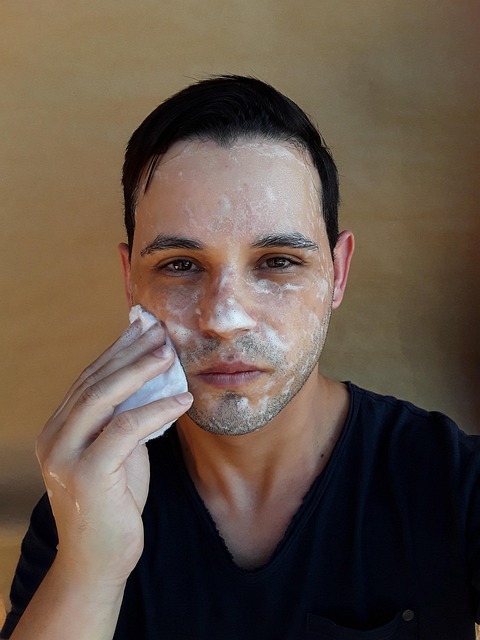Remember those days when all you wanted was clear skin? You finally kicked acne to the curb, but now you’re stuck with acne scars. It’s like the pimples left a parting gift. These marks can be a real hit to your self-esteem. But don’t stress! Fading acne scars is doable. This article spills the beans on easy, effective methods to help you get smoother skin.
Understanding Acne Scars
Acne scars aren’t all the same. Knowing which type you have helps you choose the best treatment. Scars form when acne messes with your skin’s collagen and elastin.
Types of Acne Scars
Different acne scars have different looks. Ice pick scars are narrow, deep holes. Boxcar scars are wider depressions with defined edges. Rolling scars cause wave-like changes in the skins texture. Keloid scars are raised and thick. Hyperpigmented scars are flat and dark. Knowing the type of scar will help you pick your best treatment.
How Acne Scars Form
Think of acne as a skin war. When pimples get inflamed, they damage collagen and elastin. These proteins keep your skin smooth. The body tries to fix the damage, but it doesn’t always do a great job. Sometimes, it makes too much or too little collagen. This leads to those pesky scars.
Topical Treatments for Fading Scars
Creams and serums can work wonders. Look for ingredients that boost cell turnover and collagen.
Retinoids
Retinoids are vitamin A superstars. They speed up cell turnover, revealing fresher skin. They also encourage collagen production. Options include retinol (weaker, over-the-counter), tretinoin (stronger, prescription), and adapalene (gentler). Side effects like redness and dryness can happen. Start slow and use a pea-sized amount.
Alpha Hydroxy Acids (AHAs) and Beta Hydroxy Acids (BHAs)
AHAs and BHAs are chemical exfoliants. They remove dead skin cells, making scars less noticeable. Common AHAs are glycolic acid and lactic acid. Salicylic acid is a popular BHA. For scar fading, look for concentrations of 5-10% for AHAs and 1-2% for BHAs.
Other Effective Ingredients
Vitamin C is a powerful antioxidant. It can reduce inflammation and brighten skin. Niacinamide helps with redness and improves skin texture. Azelaic acid can fade hyperpigmentation. These ingredients can make a big difference.
In-Office Procedures for Scar Reduction
Sometimes, you need a little extra help from the pros. In-office treatments offer more intense scar reduction.
Chemical Peels
Chemical peels use acids to remove the top layers of skin. This encourages collagen production. Superficial peels are mild. Medium and deep peels are stronger and require more downtime. The type of peel depends on your scar type and skin tone.
Microneedling
Microneedling involves tiny needles that prick the skin. These micro-injuries stimulate collagen production. It’s effective for various scar types. You might need several sessions to see results.
Laser Resurfacing
Laser treatments remove damaged skin, promoting new collagen growth. Ablative lasers are more aggressive, while non-ablative lasers are gentler. Lasers can significantly improve scar appearance. Expect some downtime after treatment.
Lifestyle Changes and Home Remedies
Small changes can boost your skin’s healing powers. Sunscreen, diet, and hydration are key.
Sun Protection
Sun exposure worsens scars. UV rays darken hyperpigmentation and slow down healing. Wear sunscreen daily with an SPF of 30 or higher. Reapply every two hours when outdoors.
Diet and Hydration
A healthy diet fuels skin repair. Foods rich in antioxidants and vitamins support collagen production. Drink plenty of water to keep your skin hydrated. This will assist with healing.
Preventing Acne Scars
The best way to deal with scars is to prevent them. Treat acne early and avoid picking your skin.
Prompt Acne Treatment
Don’t wait to treat acne. Early treatment prevents severe inflammation. Talk to a dermatologist about prescription options. Over-the-counter treatments with benzoyl peroxide or salicylic acid can also help.
Avoid Picking and Squeezing
Picking and squeezing pimples makes things way worse. It pushes inflammation deeper into the skin. This increases the risk of scarring. Keep your hands off your face!
Conclusion
Fading acne scars takes time and patience. But with the right approach, smoother skin is possible. Topical treatments, in-office procedures, and lifestyle changes all play a role. Talk to a dermatologist for personalized advice. They can help you find the best path to clear skin.



